Description
The actual states of incoming and outgoing signals and ongoing operations within the unit are displayed by LEDs in an easily overseeable way. SyncCheck ®, already found in other RME products, not only shows if an input signal is locked, but also if multiple inputs are in synchronicity. Furthermore, RMEs SyncAlign ® technology prevents accidental errors of ± 1 sample misalignment between the AES/EBU inputs. The AES output signal can be set to Professional or Consumer subcode. Channel 1/2 can optionally be received and output optically (TOSLINK).
RME’s SteadyClock(TM) technology guarantees excellent performance in all clock modes. Its highly efficient jitter suppression enables the ADI-4 DD to refresh and clean up any clock signal and to provide the clock signal as a reference clock at the word clock output. Additionally, Intelligent Clock Control (ICC) will maintain the last sample rate detected as valid in case of fault and loss of input signal. The device can be stacked without limit, all devices will be sample synchronous by using word clock. All settings are stored at power-off.
Features
The device basically consists of two converters: four AES-3 inputs to double ADAT outputs, and double ADAT inputs to four AES-3 outputs. The double ADAT ports enable full 8 channel support, from 32 kHz up to 96 kHz (S/MUX). The unit provides one XLR I/O directly. A DB-25 connector allows for a use of industry-standard AES-3 I/O breakout cables. Setting an internal connector easily changes the DB-25 connector to meet the pinout of Tascam (Digidesign), Yamaha and Euphonix cables.
Application examples:
- AES/EBU frontend for RME’s digital I/O cards (ADAT optical I/O)
- Serves as 8-Channel AES and ADAT I/O for all digital mixing desks with ADAT or AES ports
- Allows to operate up to 4 SPDIF or AES devices
- Converts between AES-3, SPDIF and SPDIF optical
- Removes jitter from AES-3 and ADAT signals
CONVERSION MODES (SELECTION):
8-Channel AES to ADAT optical converter (96 kHz)
2-Channel AES to 8-Channel ADAT splitter (96 kHz)
8-Channel ADAT to AES converter (96 kHz)
2-Channel AES to 8-Channel AES splitter (96 kHz)
4-Channel AES Double Wire to AES Single Wire converter (96 kHz)
4-Channel AES Single Wire to AES Double Wire converter (96 kHz)
All in all the ADI-4 DD shows an unsurpassed flexibility together with a sensational price point. It is a perfect interface solution in all areas, from home user up to broadcast applications.
Accessories
- External Power Supply for CardBus (NTCB-EU)
- Line Cord for Power supply (NETZ-CB)
- Car Cable for CardBus (AUTOK)
- Cable for Storage Battery (AKKUK)
SPECIFICATIONS
- Input AES/EBU: 1 x XLR, 4 x via DB-25 connector, electrically isolated, highly sensitive input stage (< 0.3 Vpp), SPDIF compatible
- Output AES/EBU: 1 x XLR, 4 x via DB-25 connector, transformer balanced, 5 Vpp
- SPDIF Optical: Second ADAT port can be switched to serve as SPDIF I/O
- Input ADAT® optical 2 x TOSLINK, 24-Bit, Bitclock PLL
- Output ADAT® optical: 2 x TOSLINK, 24-Bit
- Input word clock: BNC, Signal Adaptation Circuit (functional from 1.2 Vpp input signal)
- Output word clock: BNC, low-impedance driver stage, 4 Vpp into 75 Ohms, short-circuit-proof
- Sync sources: ADAT optical, AES/EBU, word clock
- Varipitch: by input signal or word clock
- Sample rates: 32 kHz, 44.1 kHz, 48 kHz, 88.2 kHz, 96 kHz, variable (Sync/word clock)
- Sample rate range: AES, word clock: 27 kHz-105 kHz, ADAT 33 kHz – 57 kHz
- Jitter: Internal clock < 1 ns, word clock In < 2 ns, ADAT In < 2 ns
- Jitter sensitivity: all PLLs operate even at 100 ns Jitter without problems
- Jitter suppression: circa 30 dB (2.4 kHz)
- Power Supply: Operates with voltages ranging from 7-30V DC oder AC, allowing operation with practically any power source, including batteries
- External high-quality switching power supply included, for worldwide operation at 100-240 Volt
- Dimensions: 215 x 44 x 100 mm
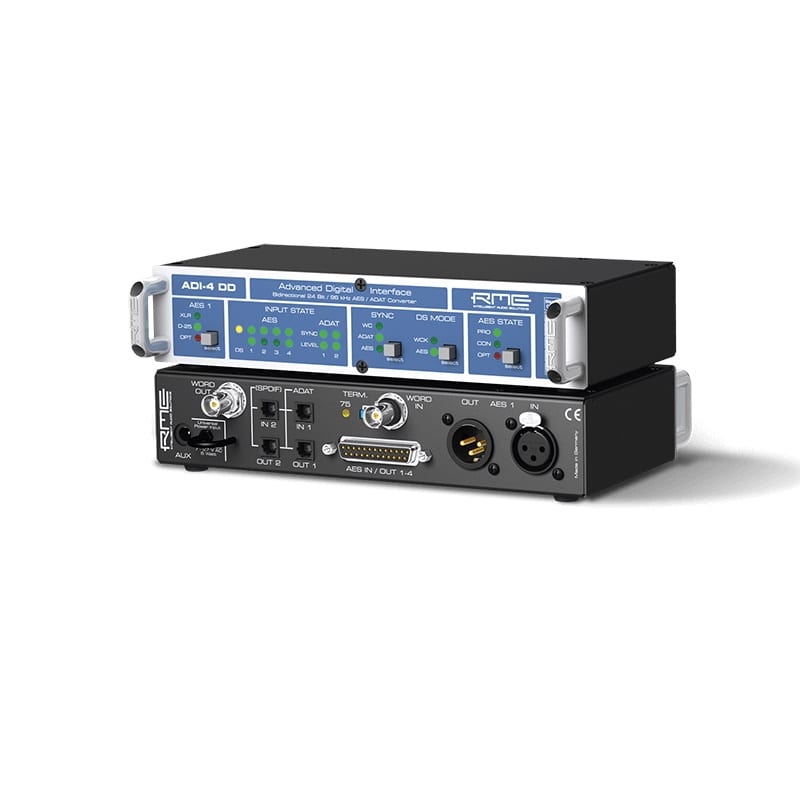
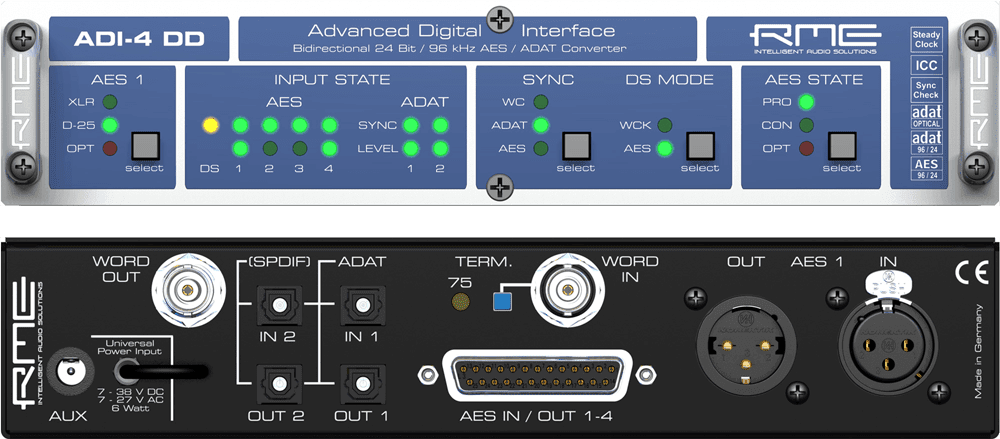




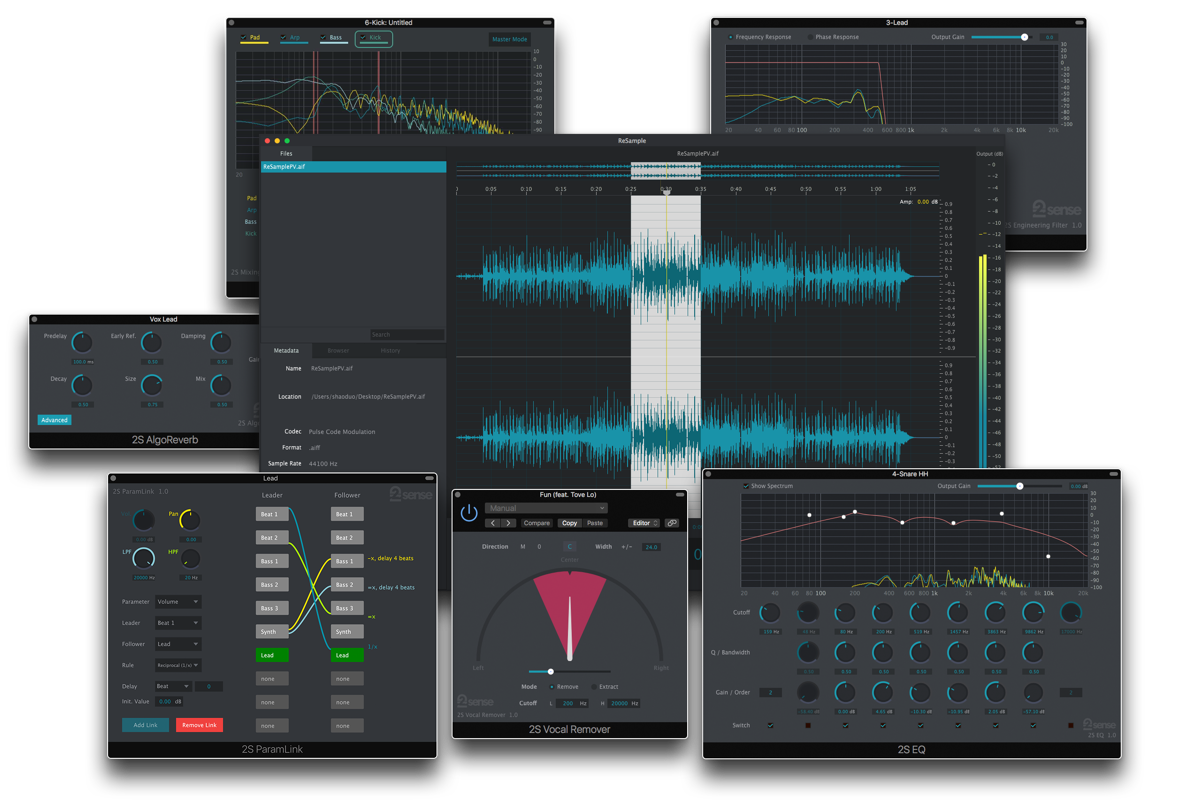
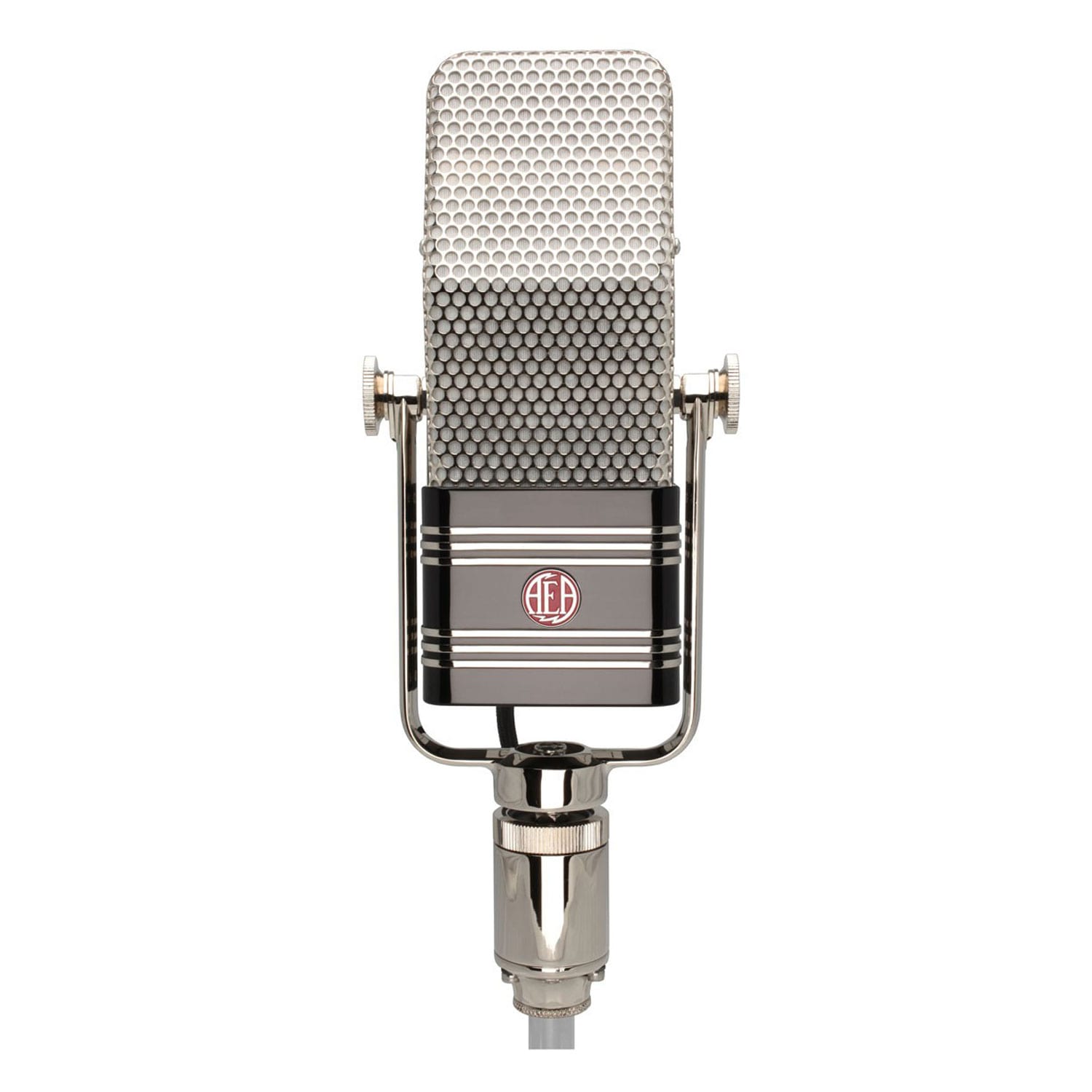

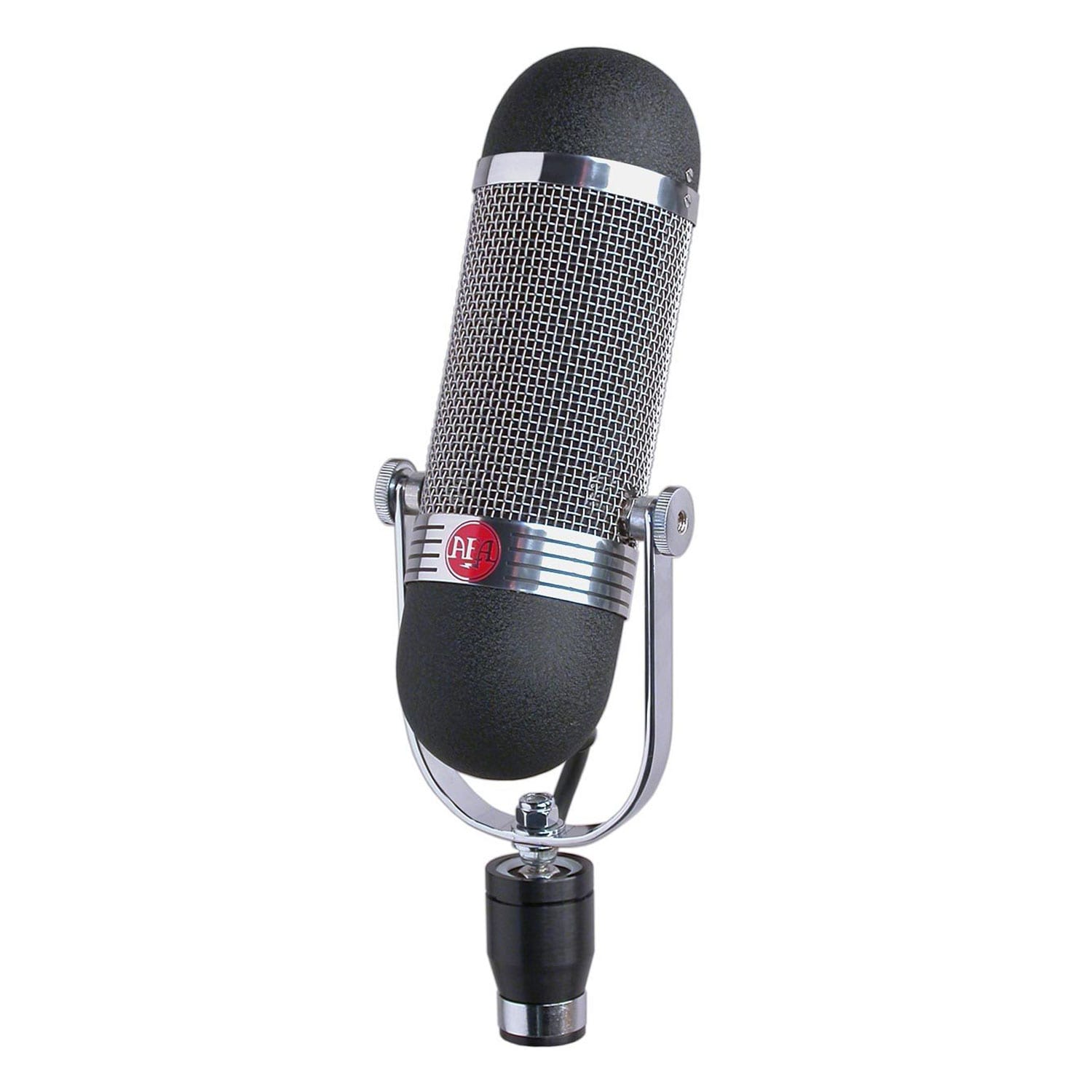

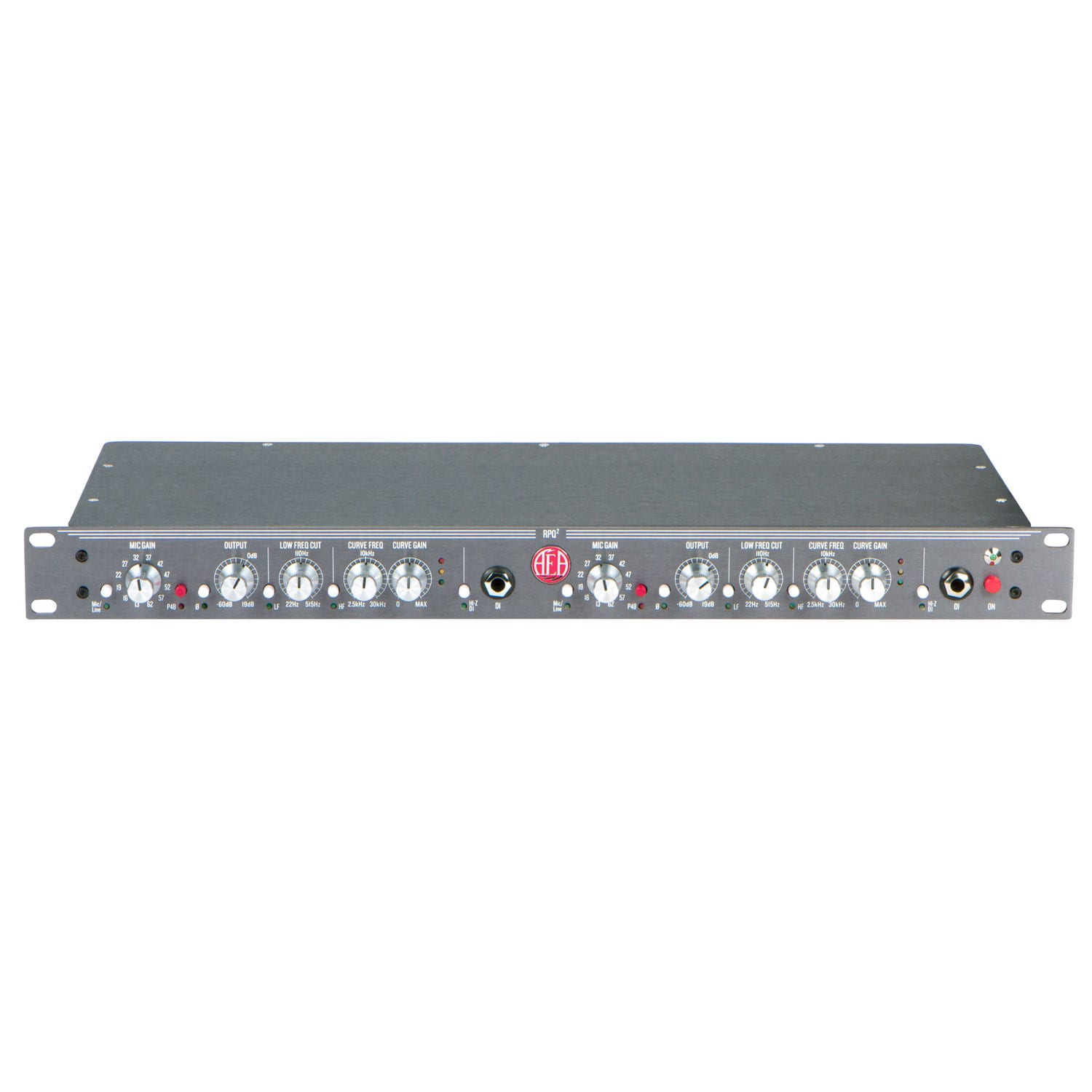

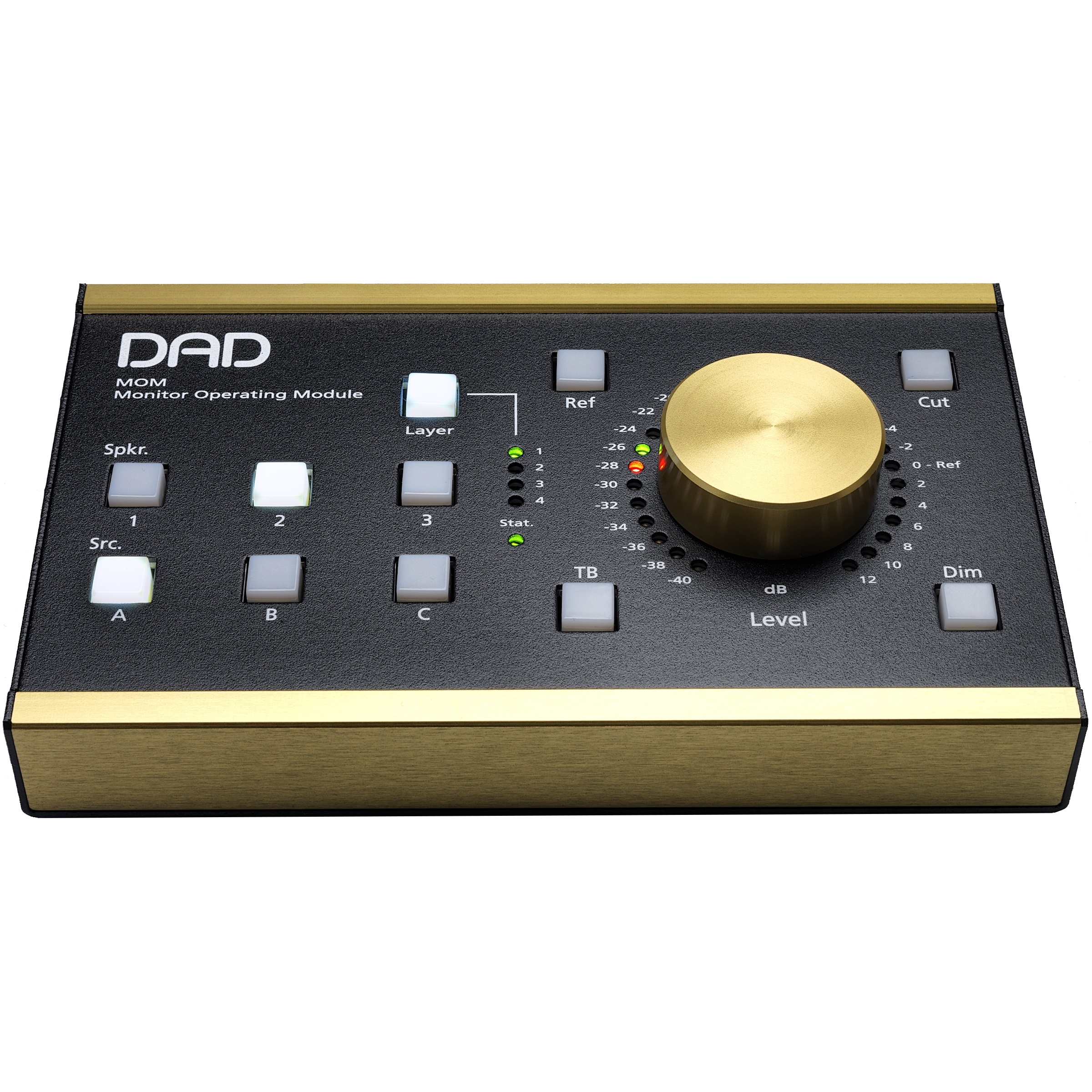
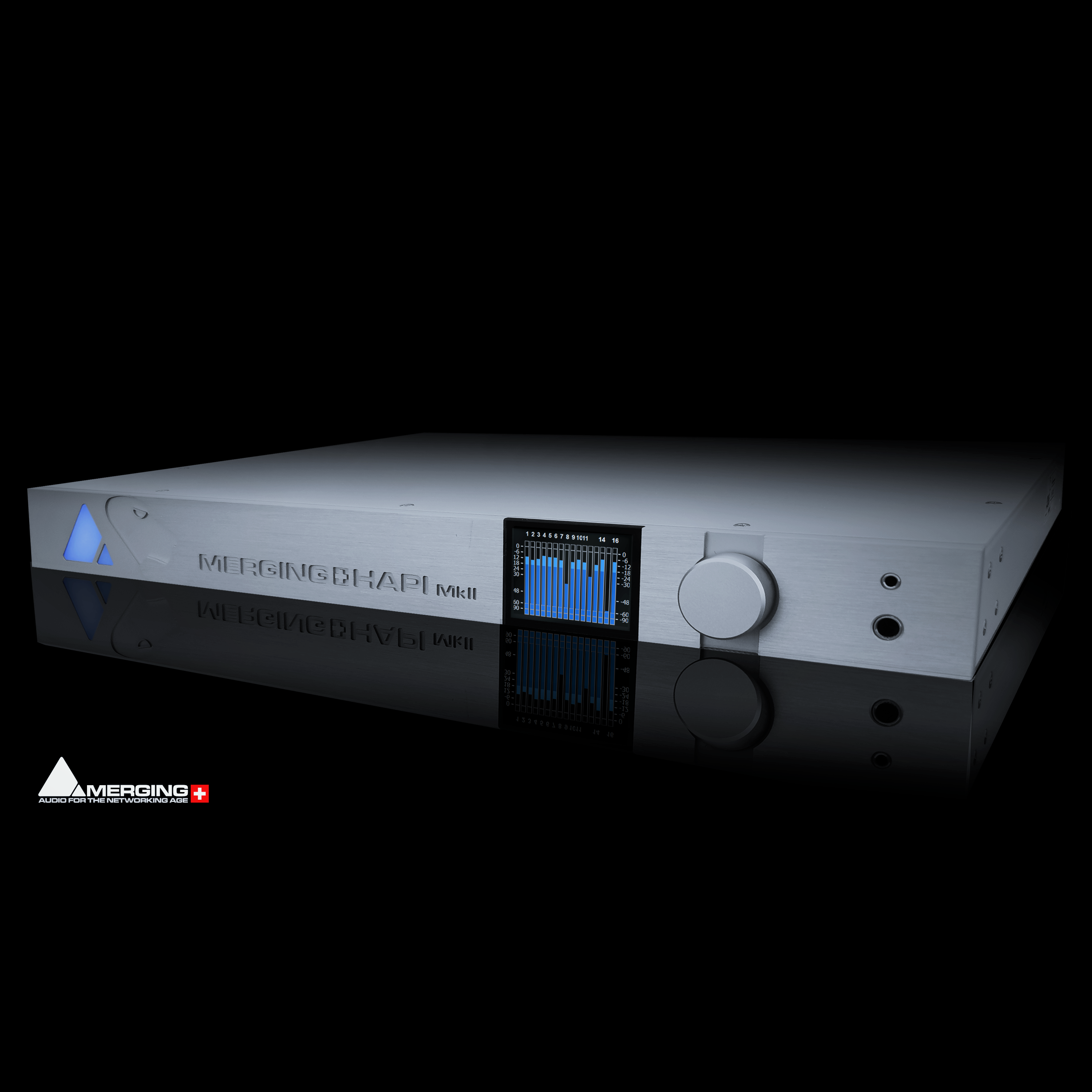

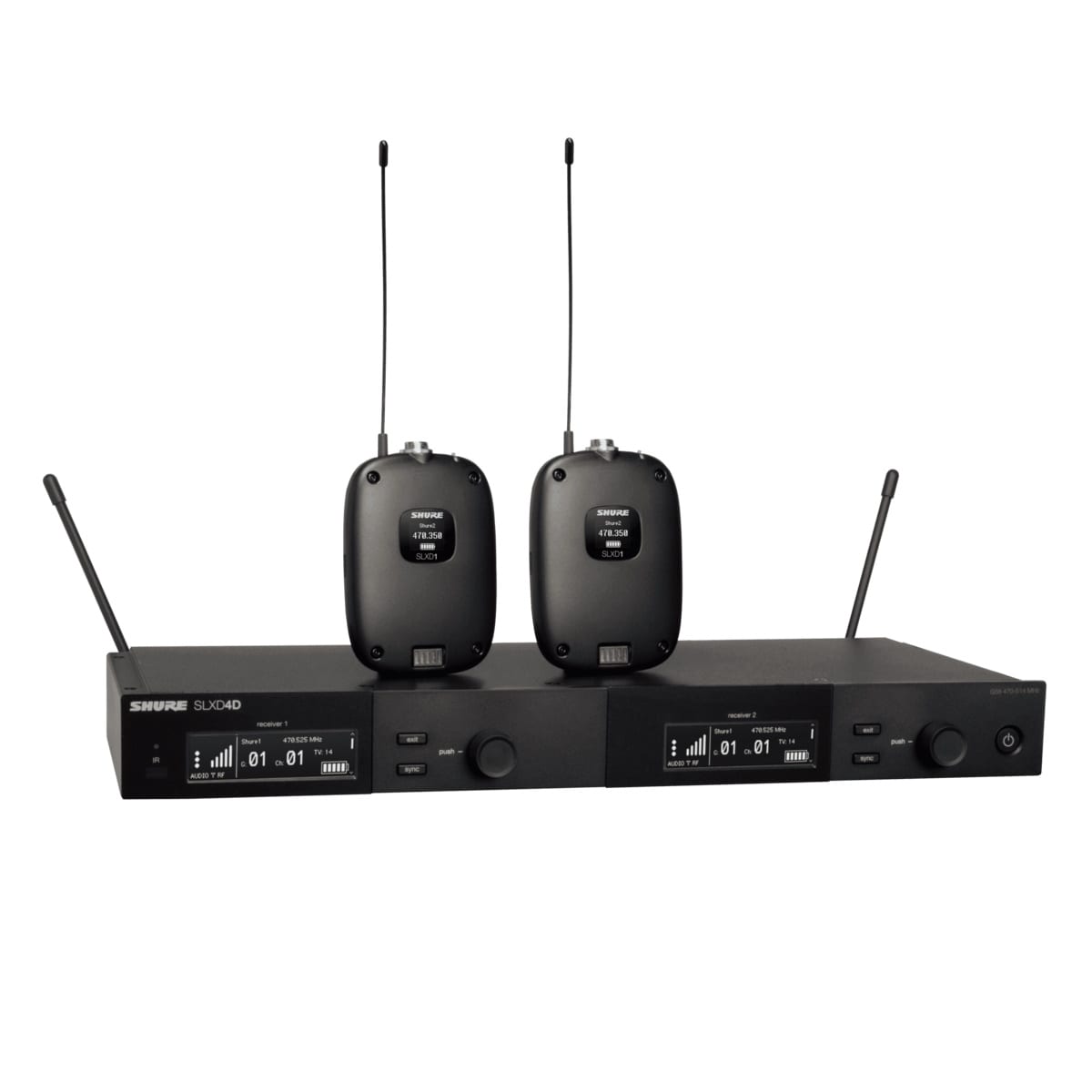
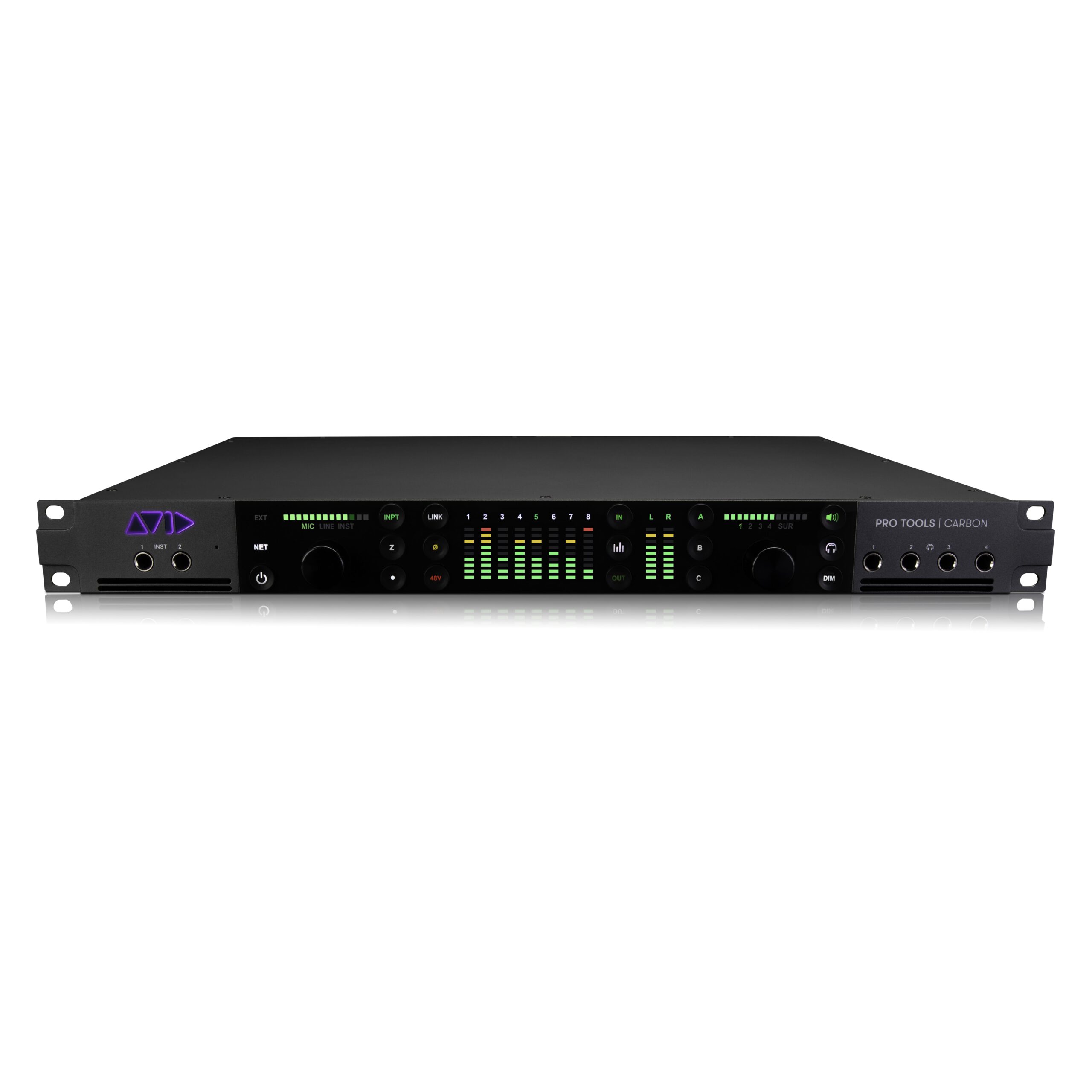
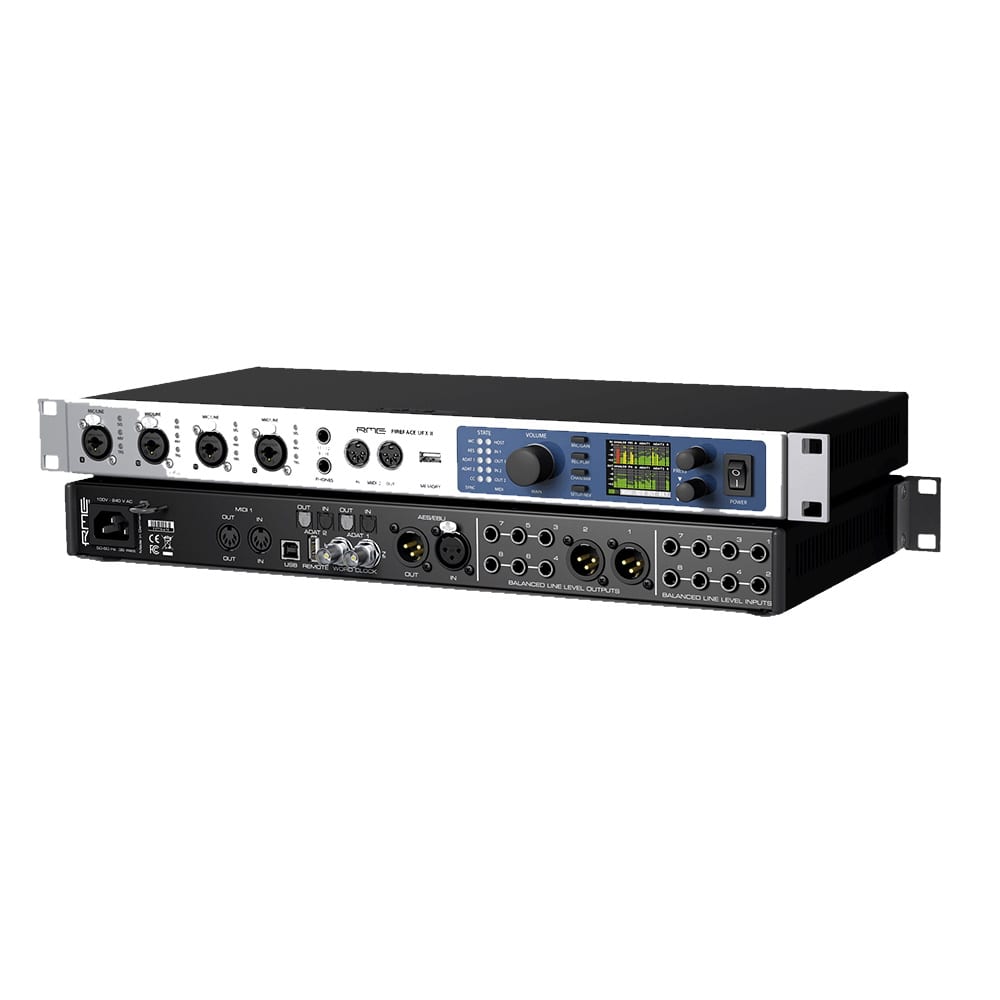
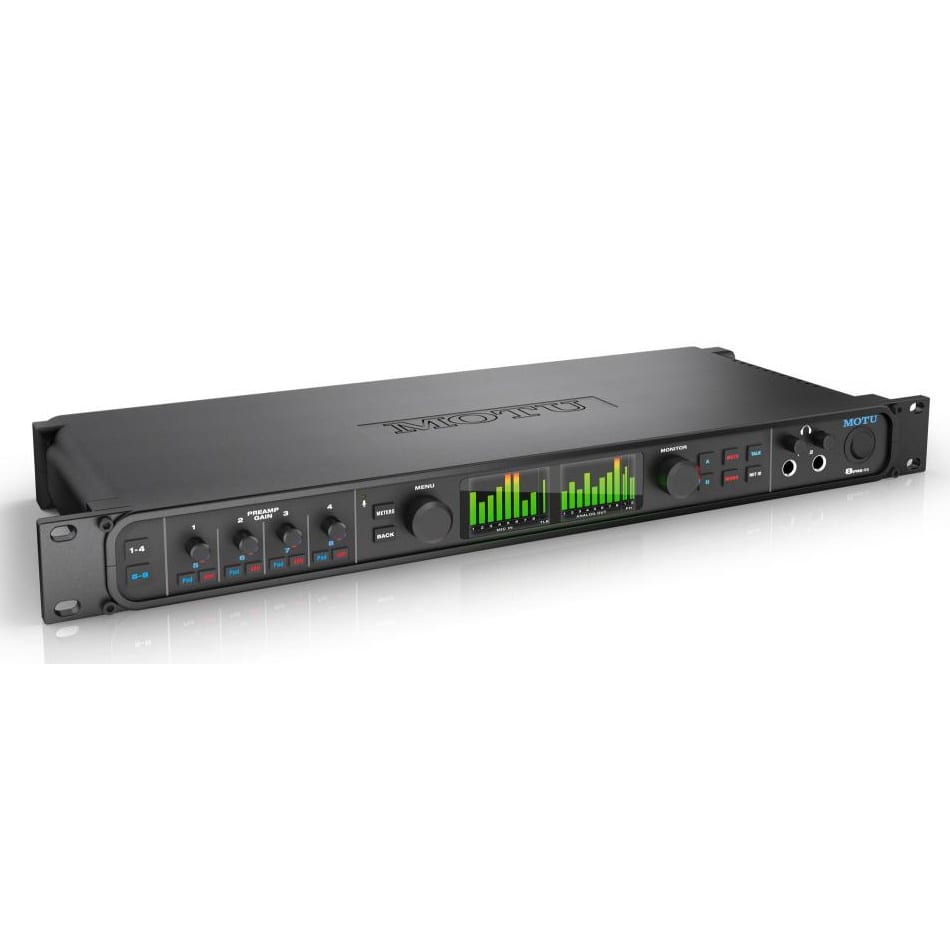
Reviews
There are no reviews yet.